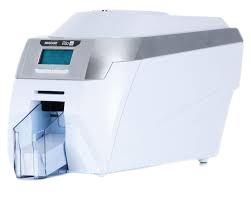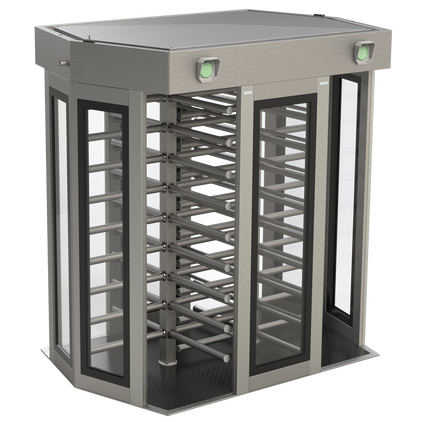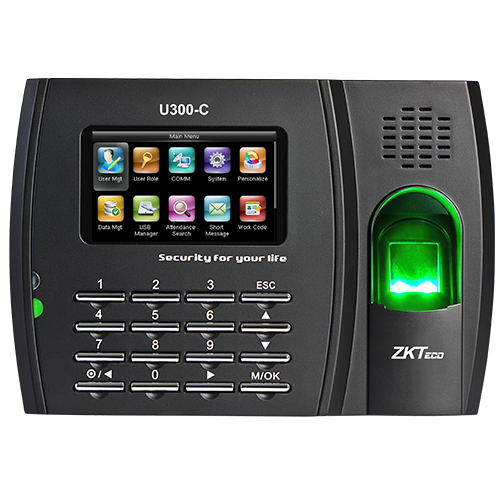BARCODE READERS
Smart office refers to a variety of solutions that seek to improve how we manage office space, how productive we can be when working in it, and how we manage collaboration on site. A smart office is any type of office that uses modern and advanced technology to improve the usage, management, and maintenance of an office space. For example, a smart office often uses advanced sensor technology to analyse office usage in order to improve the space for employees. Other types of sensors can include climate sensors to control the temperature in a room, light sensors to automatically turn off lights when a room is vacated or sensors that automatically open doors when someone approaches.
Smart office technology also entails technical solutions for connectivity and collaboration, such as attendance calendars for employees to plan their trips to the office, automatic desk bookings when someone docs their computer to a workspace or smart room booking solutions that can select the most suitable meeting room for a team based on specific criteria. Moreover, smart offices can also be used in the form of interactive office maps that always show the current availability of each office resource, while simultaneously enabling effective way finding.
In summary, A smart office incorporates a variety of workplace technologies that aim to improve the overall workflow within an office, and at the same time keeping the office environment efficient and optimised dependent on employee usage.
Common tools that are incorporated in smart buildings usually include:
Meeting Room Booking Systems
Hot Desking software
Sensor technology to measure office usage
Interactive Floor Plans
Presence sensors and Busy Lights for Drop-in rooms
Automatic Desk Check-in Functionality
All of these tools combined makes sure that an office stays efficient and optimised in a world that puts increasing pressure on office optimization.
The Key Benefits of a Smart Office
- Mobile computers Notebook PC Ultra-Mobile PC Handheld PC
- Customization after individual needs
- Improved Collaboration
- Employee Autonomy and Control
- Adequately Sized Office Space
Products

ID Cards Printers

Assets Management

Warehouse Management

Time Attendance Software
